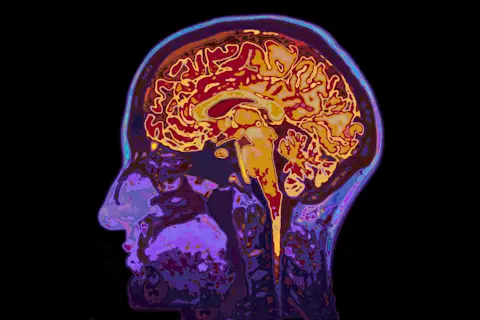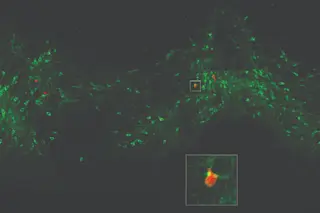If you look at the brain of an , you’ll see clear and undeniable damage.
Clusters of dead nerve cells. Hard plaques cemented between cells and thick tangles of proteins twisted up inside the cells themselves.
These are the hallmarks of Alzheimer’s, and they drive the disease’s infamous symptoms, like memory loss, behavioral issues and problems thinking.
The majority of the damage comes from two specific proteins, beta-amyloid and tau. These protein-rich plaques and tangles degrade the brain beyond repair.
With brain imaging and other techniques, researchers have been digging into the roots of the proteins associated with Alzheimer’s disease for decades. We now have a good idea of how they form, but it’s the why that’s missing.
But with brain imaging and early detection, researchers are now able to study these proteins long-term, watching them accumulate as the disease progresses. Many think that if we can watch them build ...












